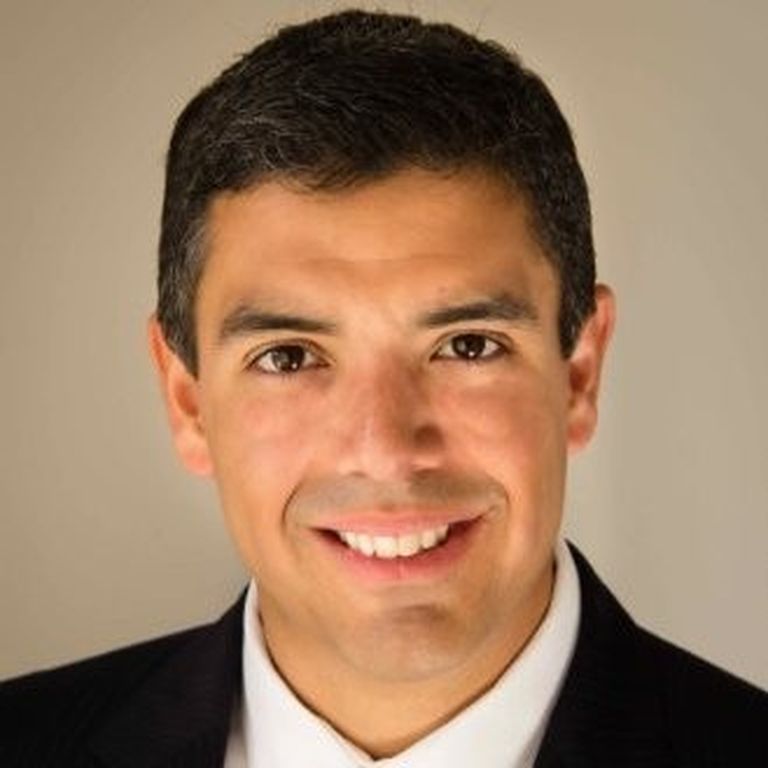SentinelOne, the endpoint security platform provider, has named Brian Hussey as its VP of cyber threat response. Hussey will lead SentinelOne's Vigilance Managed Detection & Response (MDR) program, help the company grow its Vigilance portfolio and expand the business' threat hunting team, according to a prepared statement.

Hussey has more than 15 years of experience building data breach response teams. He most recently served as VP of MDR at Trustwave, a Top 250 MSSP; at Trustwave, he managed the company's SpiderLabs digital forensic and response team.
Vigilance is an MDR service that enables organizations to use AI to track cyber threats, generate security insights and take appropriate action to mitigate cyberattacks, SentinelOne said. It is backed by an in-house security team and leverages a tiered escalation model.
In addition, Vigilance aggregates and contextualizes security data, SentinelOne indicated. Vigilance also helps organizations resolve security incidents in 20 minutes or less.
SentinelOne: Hiring Ahead of IPO?
Along with hiring Hussey, SentinelOne recently appointed David Bernhardt as its CFO and Patty Trexler as its VP of government, healthcare and education.
Bernhardt has a track record for positioning SaaS startups for successful public market exits. Prior to joining SentinelOne, Bernhardt previously served as VP of finance for education platform company Chegg and VP of finance and corporate controller at Palantir Technologies; Bernhardt executed Chegg's financial strategy leading up to its 2013 initial public offering (IPO), and Palantir recently filed for an IPO.
Trexler helps public sector organizations leverage SentinelOne endpoint security solutions to defend against cyberattacks. In her career, Trexler has held senior leadership roles at VMware and performed work in the federal space for McAfee.
The recent hires could help SentinelOne extend its cybersecurity market reach and could set the stage for an IPO. Meanwhile, MSSPs and other channel partners can join the SentinelOne Partner Network to add the company's endpoint protection capabilities to their portfolios.




